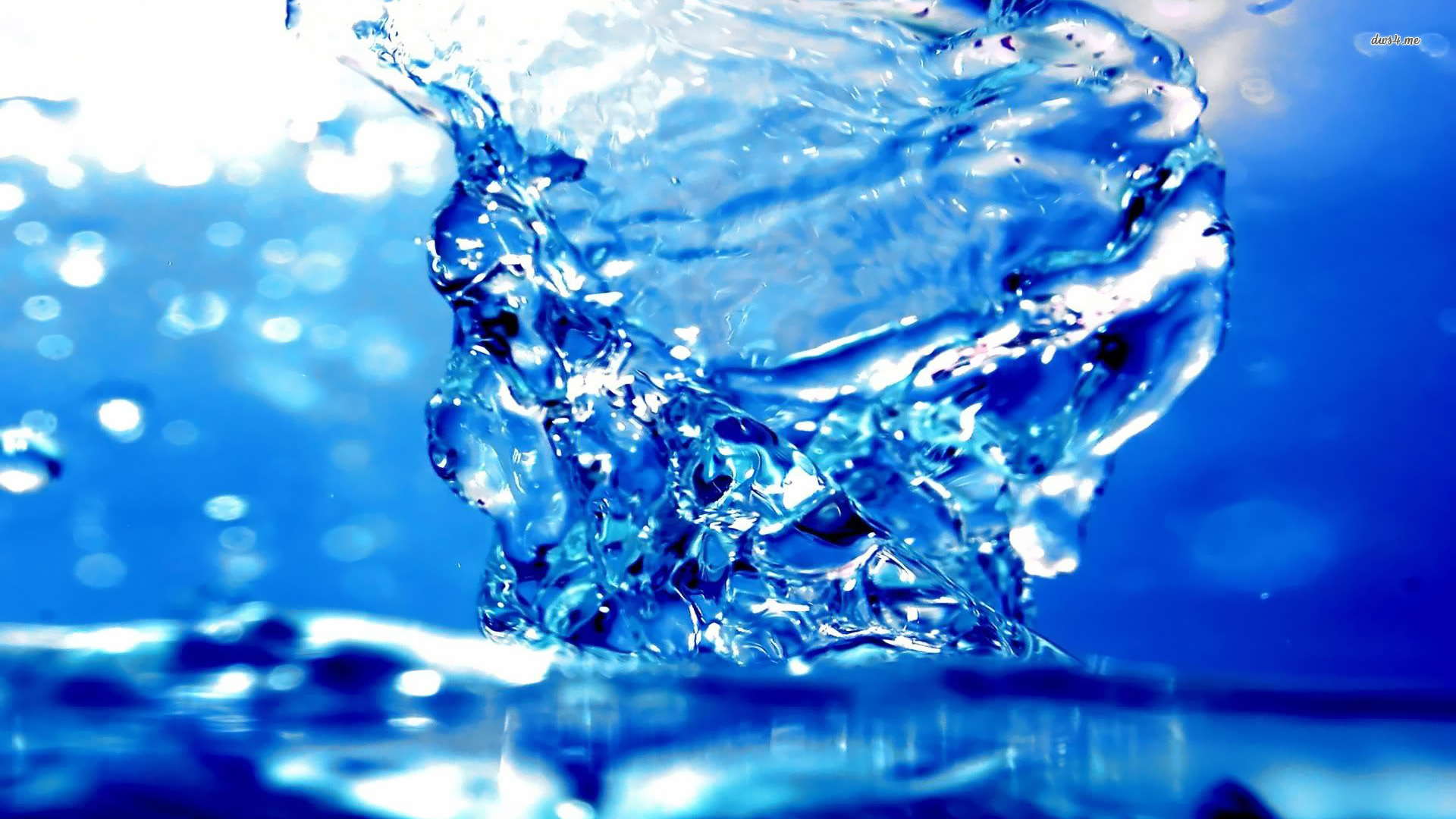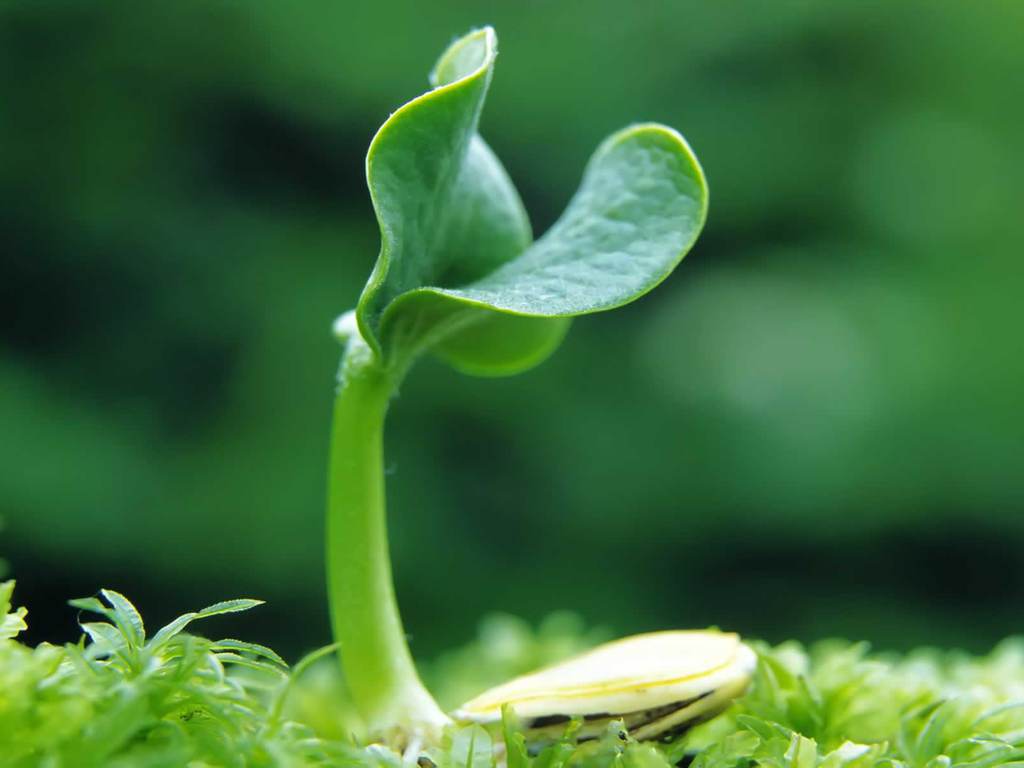Yan Xin Qigong Scientific Research
Laser Raman Observation on Tap Water, Saline, Glucose, and Medemycine Solutions under the Influence of External Qi
Abstract
The laser Raman spectra of control tap water sample without external qi treatment was measured repeatedly (about twenty times). The result showed that there was a stretching vibrational peak for OH at 3,410 cm-1, and a deformed and weak vibrational peak for HOH at 1,635 cm-1 at about 12oC. These data compared well to 3,440 cm-1 for OH and 1,645 cm-1 for HOH reported in the literature.

Figure 1. Effects of external qi on molecular structure of tap water
——–: Raman shift of qi treated tap water.
– – – – -: Raman shift base line of tap water (control).
However, the laser Raman spectra of the tap water affected by the external qi showed a huge unknown peak that spanned from 1,000 to 3,000 cm-1. A typical spectrum is shown in Figure 1. The experiments were repeatedly performed ten times, including four times over ultra long distance (1,900 km) and given the same results.
The experiments were extended to other aqueous solutions such as saline and glucose solutions, which are critical to the physiological functions of a human body. All the results showed some structural changes of the test solutions treated by external qi, as indicated by their Raman spectra.
(a) Yan, Xin; Li, Shengping; Yu, Jianyuan; Li, Baige and Lu, Zuyin; Ziran Zazhi (The Nature Journal) (in Chinese), 11, 567-571 (1988). (b) Xin Yan, Hui Lin, Hongmei Li, Alexis Traynor-Kaplan, Zhen-Qin Xia, Feng Lu, Yi Fang, and Ming Dao; Materials Research Innovations. 349-359 (1999).
© 1999 International Yan Xin Qigong Association





